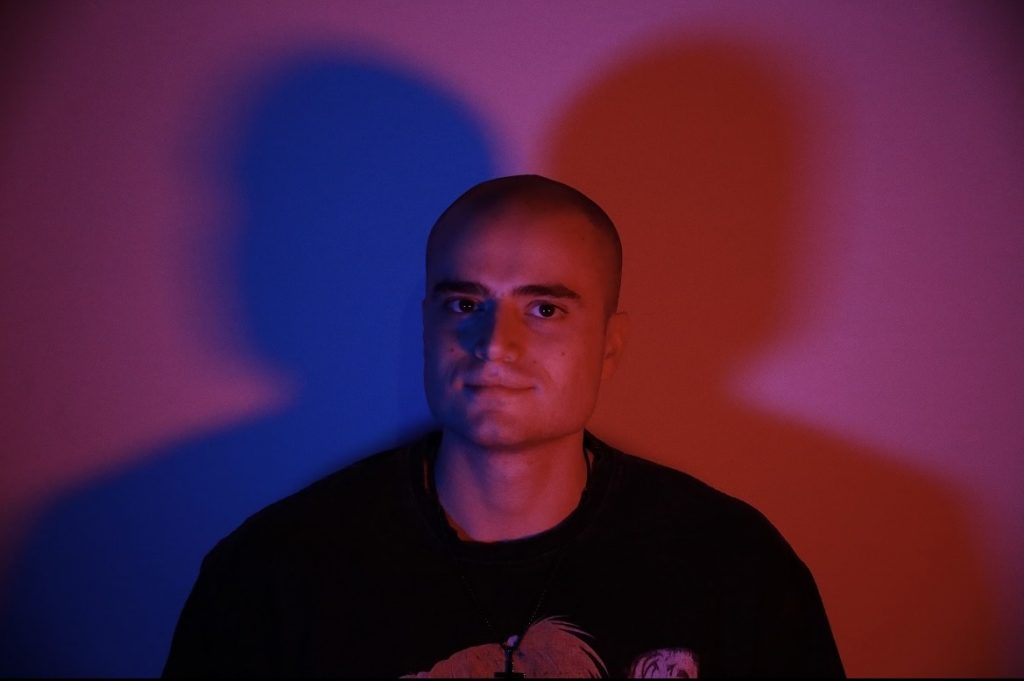Comic books are an incredibly unique storytelling medium. Some of my favorite fictional stories and characters made their first appearances in comics. These characters are not just popular in comics but in other avenues as well — video games, movies, television and all of the above. When you look at the Japanese side of things, it gets much more interesting. Many Japanese comics are different from American comics. They hold different philosophies when it comes to how stories are made and told, but, in terms of work ethic, it’s a negative difference. The Japanese comic, or manga, industry has incredibly harsh working conditions that force creators to come close to ruining their health by meeting unrealistic deadlines.
Most American comics have a monthly schedule — every month, a new issue of Batman comes out from DC. The writer, artist, colorist, inker, letterer and any other creator have about a month to meet deadlines. There are exceptions to this rule, however. Spider-Man has about two issues per month because he is such a popular character. American comics, unlike Japanese comics, will usually have a revolving door of creators. For example, a writer and artist might collaborate on a storyline for Superman that lasts four to six months. When that story is over, a new writer and artist will swoop in to start another story, and while they’re doing that, the old duo will be working on another project.
Sometimes, if a writer has the drive, they can spend years writing a book and just work with different artists. This helps American comic creators avoid burnout and have some time for themselves. An American comic is usually around 20–25 pages, and sometimes the number of words in a given comic can vary. Some issues can be very dialogue-heavy, and some can be very action-focused with few words. Some comic creators have made comics without any dialogue. It’s all a very experimental medium, which adds to the appeal.
The Japanese comics industry is quite different in comparison. Shonen Jump is the world’s most popular manga magazine. This is a Japanese comic magazine published once a week that has multiple chapters hailing from many different manga series. Such anime juggernauts as “Dragon Ball,” “Death Note” and “Naruto” all originated from Shonen Jump. They were all originally manga, gained popularity and were adapted into various other forms of media like television and movies. The system of Shonen Jump, however, is very cutthroat. Once an author’s comic is approved, they must maintain a weekly schedule. Every Sunday, when that magazine comes out, a new chapter must be published for a creator’s series. A chapter is usually around 18–20 pages of a comic.
Usually, a Japanese manga author will be both the writer and the artist. The workload on a Japanese manga creator is just inhumane. Some other magazines are a monthly basis instead of a weekly basis, and those chapters usually run 40 pages, but they still have the same problems. Many manga authors suffer from overwork and health problems. Yoshihiro Togashi, creator of “Yu Yu Hakusho” and “Hunter x Hunter,” is notorious for this. Togashi has suffered from multiple health issues such as chronic back pain. It got to the point where for years, he couldn’t even sit at a desk and draw. Togashi is also one of the most prolific manga creators in the world. Two of his series have received anime renditions and are incredibly popular among fans. Even one of the most famous manga authors suffers from the cruel state of the industry.
Togashi isn’t a rare case. Many other manga authors have come out and spoken about their health concerns. Yuki Tabata, creator of “Black Clover,” a very recent and popular manga, has taken multiple weeks off due to working so hard he made himself sick. Tabata has thankfully gotten the approval to have his series moved to a monthly magazine, so that will take some weight off his shoulders, which should already have been a standard in the industry. Health and mental health risks are ingrained into the manga world.
So how does one solve this? Stop making manga creators damn near kill themselves to make their art. The manga industry can learn from American comics. Stop forcing artists to produce so much every week. Let’s say there’s a total of 20 series running in Jump. One week, publish 10 of the series, and the other week, the other 10. See how this works. If two weeks isn’t enough time, give them three weeks and split it up into groups of three. This is very similar to American comics’ publishing system. The problem is the manga industry is made to be fast-paced so stories can be pumped out and anime can then be adapted — and boatloads of money can be made.
While this is very lucrative, it comes at the cost of the health of the creators. If these Japanese creators had ample time to rest in between chapters, not only would their health improve, but their storytelling. Many manga unfortunately get canceled early or rushed endings due to the author just not being able to keep up with the brutal weekly schedule. If Shonen Jump altered their publishing schedule, these overworked manga creators would be able to finally get a shot at being successful while also being able to get a good night’s rest of sleep.
Nicolas Scagnelli is a senior majoring in English.



